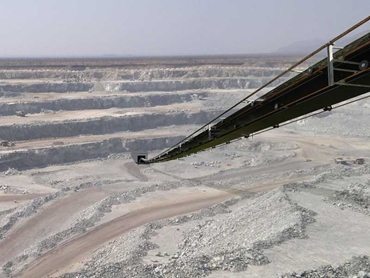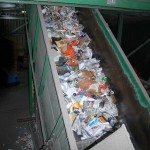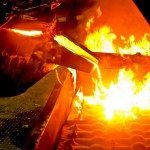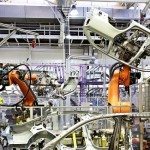Excavators and trucks are conventionally used to transport material extracted from open pit mines. This material removal method, which relies on diesel power, has several disadvantages including high operating costs for fuel, personnel, accommodation, travelling and maintenance; high safety risk created by weather conditions or human factors; and environmental damage caused by carbon and noise emissions.
Open pit mines are typically sloped up to 70-degree angles with the roads for trucks laid out in terraces. RopeCon offers an alternative way for organising the transport of extracted material in difficult terrain.
Manufactured by Doppelmayr Transport Technology, the RopeCon conveyor system has been developed specifically to transport material of all kinds, especially in difficult terrain conditions. It can traverse obstacles such as rivers, buildings, gorges, or roads without any problem whatsoever and will easily overcome steep conveying sections of up to 70 degrees.
RopeCon transports the material on a flat belt with corrugated side walls. This belt design originates from vertical conveying, where it has been used for decades. The flat belt performs a haulage function and is driven by, and guided around, a drum at both ends. The belt is mounted on axles arranged at regular intervals to support it with running wheels fitted to both ends of the axles. These wheels run on track ropes with fixed anchoring and guide the belt. The track ropes are lifted off the ground on tower structures.
Due to the rope support structure, the towers can be several hundred metres apart, with RopeCon affecting neither the terrain between the towers nor the roads, trucks or other infrastructure. Depending on the steepness of the terrain, the RopeCon belt can be fitted with cleats to stabilise the material on the belt. These components, too, originate from vertical conveying and allow for transport of material over inclines of up to 90 degrees.
RopeCon can also be extended in line with the axis of the conveyor belt. As the open pit mine grows and changes, the loading or discharge point can be adjusted flexibly along that axis to meet the new requirements. Additionally, under certain conditions, it is possible to discharge the material at several discharge points along the axis of the conveyor belt.
The greatest possible grain size along with the maximum conveying angle will determine the width of the flat belt, the height of the corrugated side walls, the height of the cleats and their spacing. Subject to certain conditions, RopeCon can handle lump sizes of up to 1,000mm. In this case, there is no need to crush the material prior to transporting it out of the pit.
Read more: New conveyor system transporting bulk material efficiently from open pit mines








